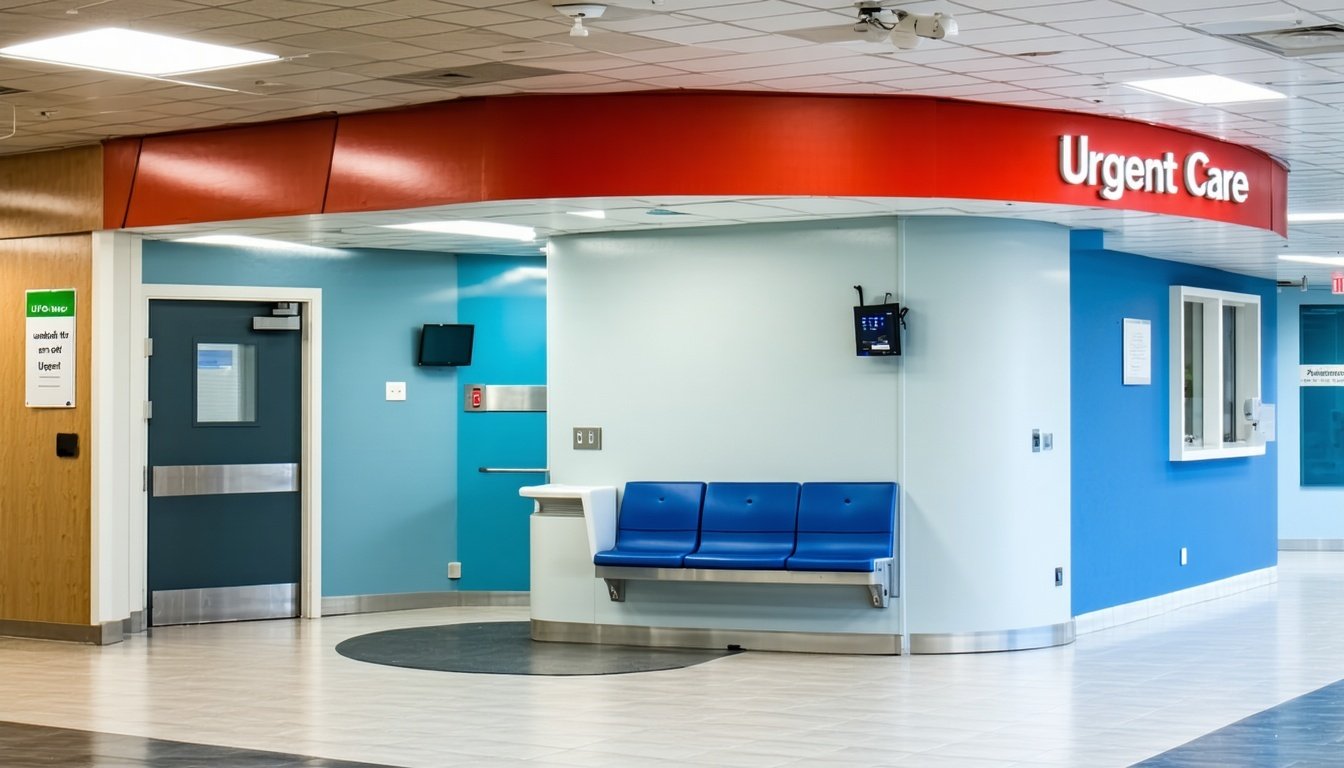Urgent Care Financing: Growth and Expansion Options
Urgent care centers are a fast-growing part of the healthcare ecosystem—offering accessible, on-demand medical services without the long wait times of hospitals. But expanding an urgent care facility or launching a new one requires significant capital. From medical equipment to real estate, staffing, and technology, the costs can add up fast.
Fortunately, urgent care financing options are available to help clinic owners invest in growth without draining working capital. In this guide, we’ll explore how to secure funding, which types of loans work best, and how to position your urgent care clinic for long-term success.
Why Urgent Care Clinics Need Financing
Whether you're launching a new location or scaling an existing operation, here are common reasons urgent care operators seek funding:
-
Opening a new location to serve high-demand or underserved communities
-
Purchasing or renovating clinic space to improve patient flow and meet regulations
-
Investing in medical equipment such as digital X-rays, EKGs, and urgent care beds
-
Hiring and training medical staff, receptionists, and billing professionals
-
Implementing technology like EMR systems, telehealth tools, and scheduling platforms
-
Running local marketing campaigns to increase patient volume and brand awareness
-
Bridging cash flow gaps due to insurance reimbursement cycles
With the right financing, urgent care centers can keep pace with demand, improve patient care, and maintain a competitive edge.
What Can You Finance in an Urgent Care Center?
| Expense Area | Average Cost Range |
|---|---|
| Clinic build-out or renovation | $100,000 – $750,000+ |
| Digital X-ray and diagnostic gear | $50,000 – $300,000+ |
| EMR and patient intake systems | $10,000 – $100,000 |
| Staff recruitment and training | Varies |
| Marketing and advertising | $5,000 – $50,000 |
| Inventory and medical supplies | $10,000 – $75,000 |
Best Loan Options for Urgent Care Centers
1. SBA 7(a) and 504 Loans
SBA loans offer government-backed funding at low interest rates and long repayment terms—perfect for opening or expanding urgent care clinics.
Use for:
-
Real estate purchases
-
Equipment investments
-
Hiring and operating capital
Pros:
-
Low interest rates
-
Long terms (up to 25 years)
Cons: -
Requires strong credit and documentation
-
Approval process may take several weeks
🔗 Explore SBA Loans
2. Healthcare Equipment Financing
This option lets you finance medical equipment purchases over time, preserving cash flow.
Eligible items include:
-
Digital X-rays
-
EKG machines
-
Exam room equipment
-
Patient monitoring systems
Pros:
-
Doesn’t require a large down payment
-
Equipment serves as collateral
Cons: -
Restricted to equipment costs
3. Business Term Loans
A fixed-term loan provides a lump sum to fund major projects like renovations, expansions, or staffing.
Best for:
-
Remodeling or expanding an existing facility
-
Launching a second or third location
Pros:
-
Fast funding through alternative lenders
-
Predictable monthly payments
Cons: -
Shorter terms than SBA loans
-
Rates can vary based on credit profile
4. Business Line of Credit
A line of credit is a flexible financing tool that gives you ongoing access to capital as needed.
Use for:
-
Payroll and utilities
-
Supply orders
-
Managing gaps in insurance reimbursements
Pros:
-
Only pay interest on what you use
-
Reusable after repayment
Cons: -
Credit limits vary by lender and creditworthiness
-
Can carry higher interest rates
5. Healthcare-Specific Lenders
Some banks and private lenders offer loan products designed specifically for healthcare providers, including urgent care operators.
Examples:
-
Bankers Healthcare Group (BHG)
-
Panacea Financial
-
Live Oak Bank (Healthcare Division)
Pros:
-
Industry-specific expertise
-
Faster underwriting with tailored repayment structures
Cons: -
May charge higher origination fees
Featured Snippet: 7 Steps to Finance Your Urgent Care Center
-
Define your funding needs
-
Calculate expected ROI and revenue increase
-
Check your business and personal credit
-
Gather key documents: P&L, tax returns, licenses
-
Compare loan products and lenders
-
Apply and negotiate terms
-
Use funds strategically for clinic growth
Smart Ways to Use Financing to Grow Your Clinic
-
Add telehealth services to reach more patients remotely
-
Launch weekend or after-hours availability to increase revenue
-
Invest in automation tools for faster intake and billing
-
Hire nurse practitioners or urgent care physicians to shorten wait times
-
Purchase an adjacent property to expand your footprint
Mistakes to Avoid When Seeking Financing
❌ Not understanding total loan costs (interest, fees, penalties)
❌ Overestimating patient volume without a marketing plan
❌ Underinvesting in staffing or digital infrastructure
❌ Accepting the first loan offer without comparison
❌ Using short-term loans for long-term needs
Helpful Resources for Urgent Care Operators
Conclusion: Fueling Your Clinic’s Future Through Financing
The urgent care industry is growing—and clinics that invest now will be well-positioned to lead. With strategic financing, you can open new locations, upgrade your tech, or simply manage day-to-day operations more efficiently.
Whether you're expanding access or enhancing service quality, the right loan can turn your vision into reality.











